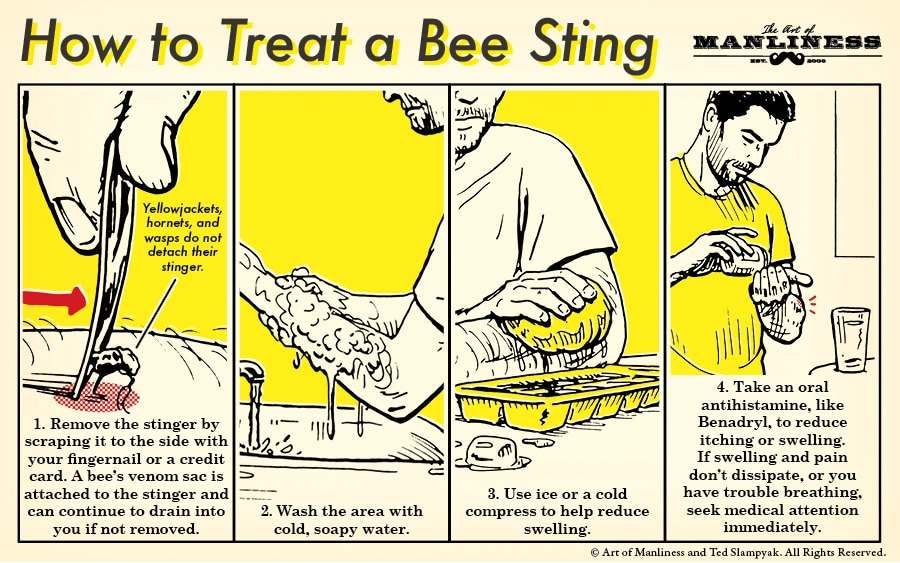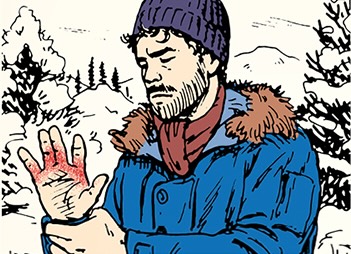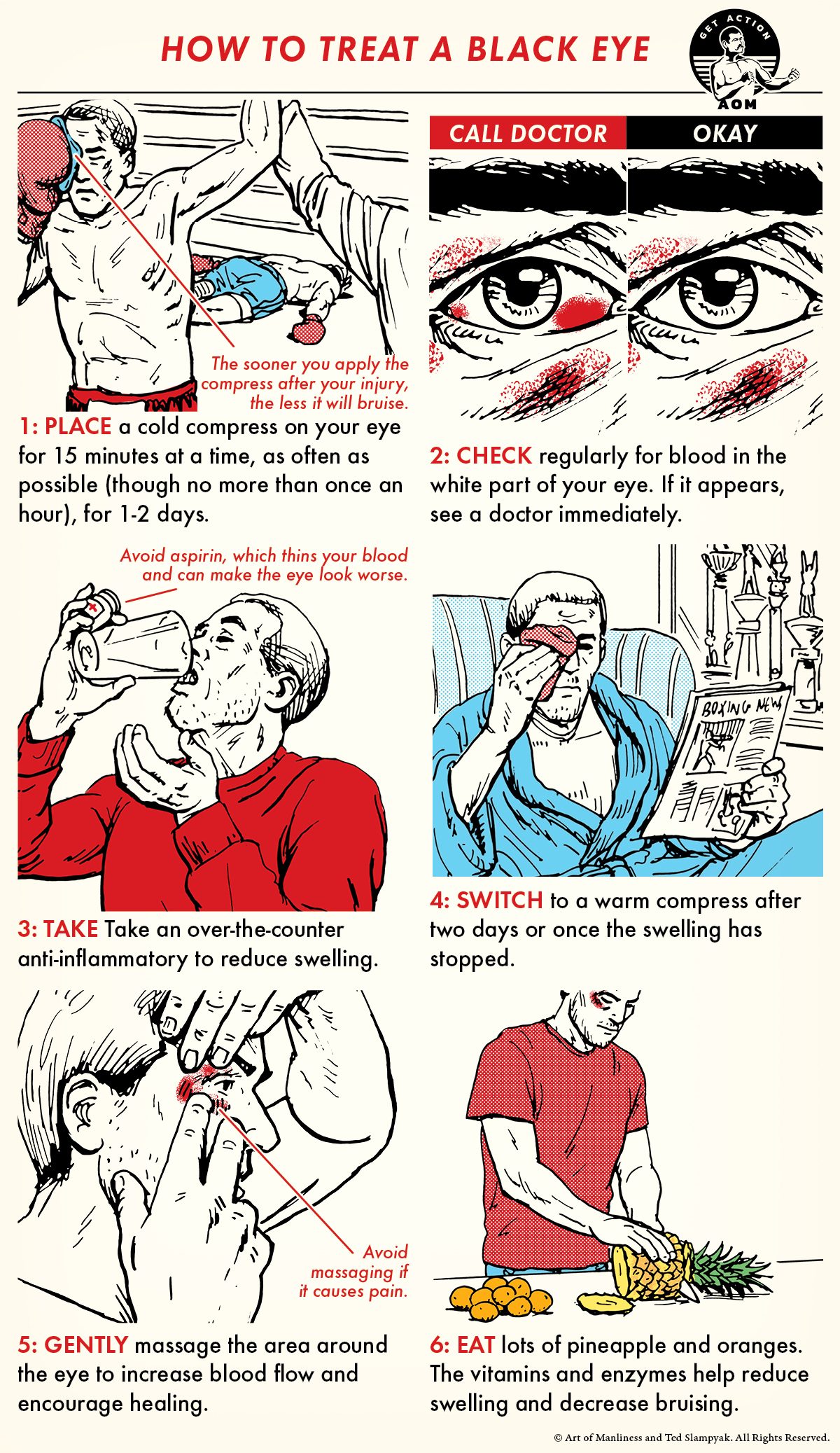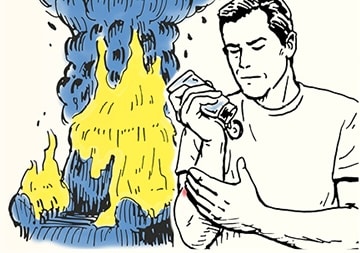
It’s easy to imagine hypothermia as the type of malady that can only affect people who get trapped in disastrous conditions, like being lost in a frozen Alaskan wilderness or falling into an icy river far. The reality is that hypothermia is fairly easy to get.
Imagine a simple day hike, starting at low elevation in sunny weather. Charging up, you work up a good sweat in your cotton t-shirt, without taking enough breaks to hydrate or eat. At the top, the weather turns, rain or wind settles in, and you twist your ankle. Your cotton shirt is now acting like a refrigerator, and the wind only serves to pull your body temperature down quicker. At first, symptoms are seemingly minor. Shivering and a lack of coordination set in, but with time and more exposure, the symptoms change. Severe confusion, a surprising lack of shivering, and inexplicable feelings of being too warm begin to take over. You may even take clothes off because you feel too hot, which only speeds up the process. A day hike has quickly turned into a very dangerous scenario.
Prevent hypothermia by wearing synthetic or wool clothes, checking the weather forecast, keeping dry, and staying nourished and hydrated. But if you find yourself on the brink, knowing what to do at that moment could mean the difference between life and death.
1: If you suspect hypothermia, first call 911. Then, apply the following steps until medical attention arrives.
2: Move the person to a warm, dry shelter. Avoid rubbing or massaging their limbs, or any excessive movement, which can trigger cardiac arrest.
3: Carefully remove any wet clothing (again avoiding excessive movement) and gently dry the skin.
4: Focusing on the head and chest, wrap the person in blankets, jackets, towels, or sleeping bags to slowly bring up their body temperature.
5: Encourage shivering and, if they can swallow, offer the person hot non-alcoholic drinks and foods high in energy, like chocolate.
6: Monitor the person’s breathing and body temp, while keeping them warm and dry. If breathing appears to cease, perform CPR.
Like this illustrated guide? Then you’re going to love our book The Illustrated Art of Manliness! Pick up a copy on Amazon.







